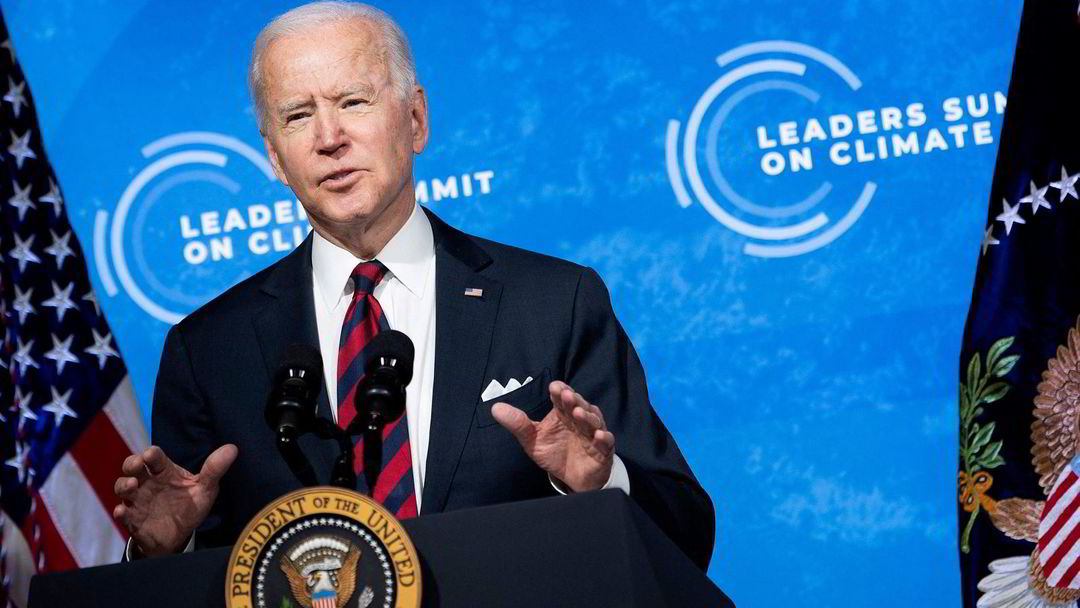No way to arrive empty-handed at the climate summit organized by Joe Biden on Thursday, April 22. As the President of the United States broke with the Trump era and reaffirmed his country’s commitment to respect the 2015 Paris Agreement, Europeans did not want to give the impression of waiting for new commitments from Washington to position themselves. Nor will they be robbed of the leadership in the fight against global warming that the “green pact” and their promise to achieve carbon neutrality have earned them in 2050.
On Wednesday April 21, therefore, they urgently brought two cases to fruition: the future “climate” law, which sets a target for reducing carbon dioxide emissions (CO2) for 2030, and taxonomy, which defines what a green investment is and provides funders with standards that are supposed to be scientifically validated. “The only way to win the climate battle is to start a race to the top. With Biden, you can have a leadership problem, and so much the better. With Trump, there was no subject ”, summarizes Pascal Canfin, who chairs the environment committee of the European Parliament.
After fourteen hours of negotiations, Wednesday at dawn, the Twenty-Seven – represented by their Minister of the Environment – and the Community legislative assembly reached a compromise on the “climate” law, which, however imperfect it may be – In the eyes of NGOs and elected Greens, it is able to collect the votes of MEPs (the Liberals of Renew, the Social Democrats of S&D and the conservatives of the EPP support it) as well as that of the Member States. “This agreement strengthens our position in the world as a leader in the fight against the climate crisis”, comments Commission Vice-President Frans Timmermans.
“Find a way to raise ambition”
The text provides that Europeans commit to a net reduction (taking into account “carbon sinks”, which capture greenhouse gases) of 55% of their greenhouse gas emissions by 2030 , compared to 1990. With a limit, which ensures that at least the gross emissions of CO2 will have fallen by 52.8%. In addition, under the terms of this agreement, the Europeans will have to increase the number of “carbon sinks” in forests and other grasslands, which will help reduce net CO emissions.2 beyond the objective enshrined in the “climate” law: they should thus fall by 57% by 2030. The NGO WWF denounces “A sorry climate law, far below the 65% reduction deemed necessary by scientists” to make the Paris Agreement a reality.
You have 59.81% of this article to read. The rest is for subscribers only.
–


